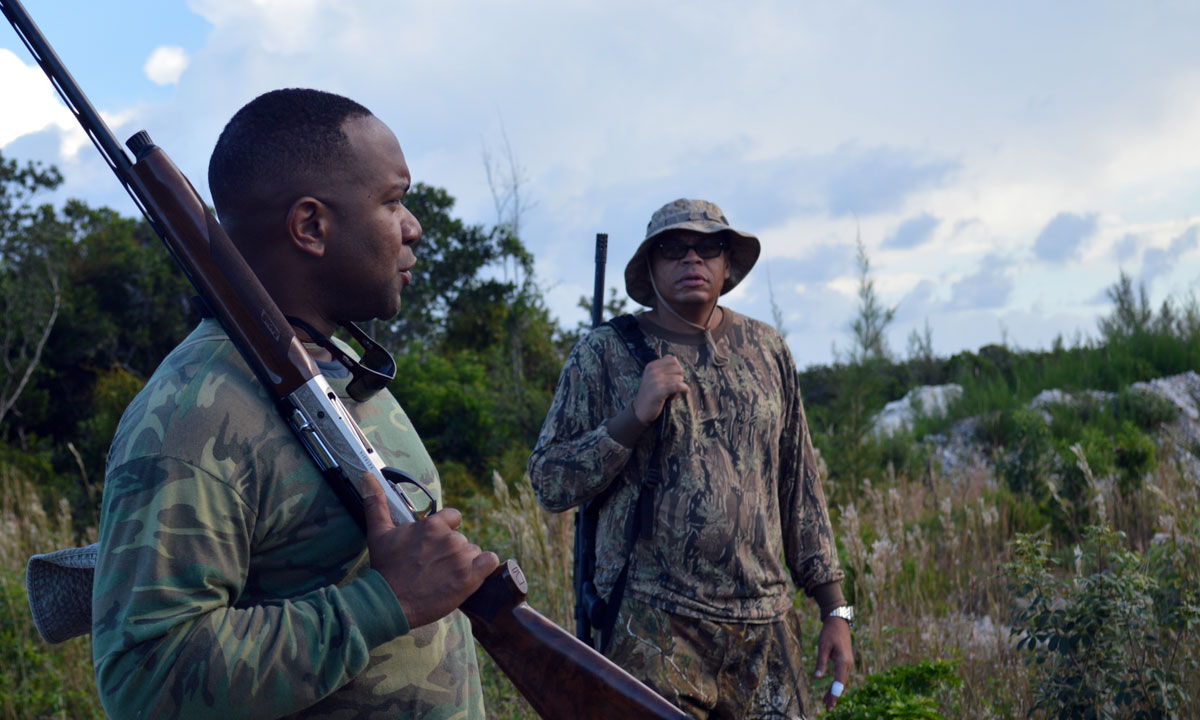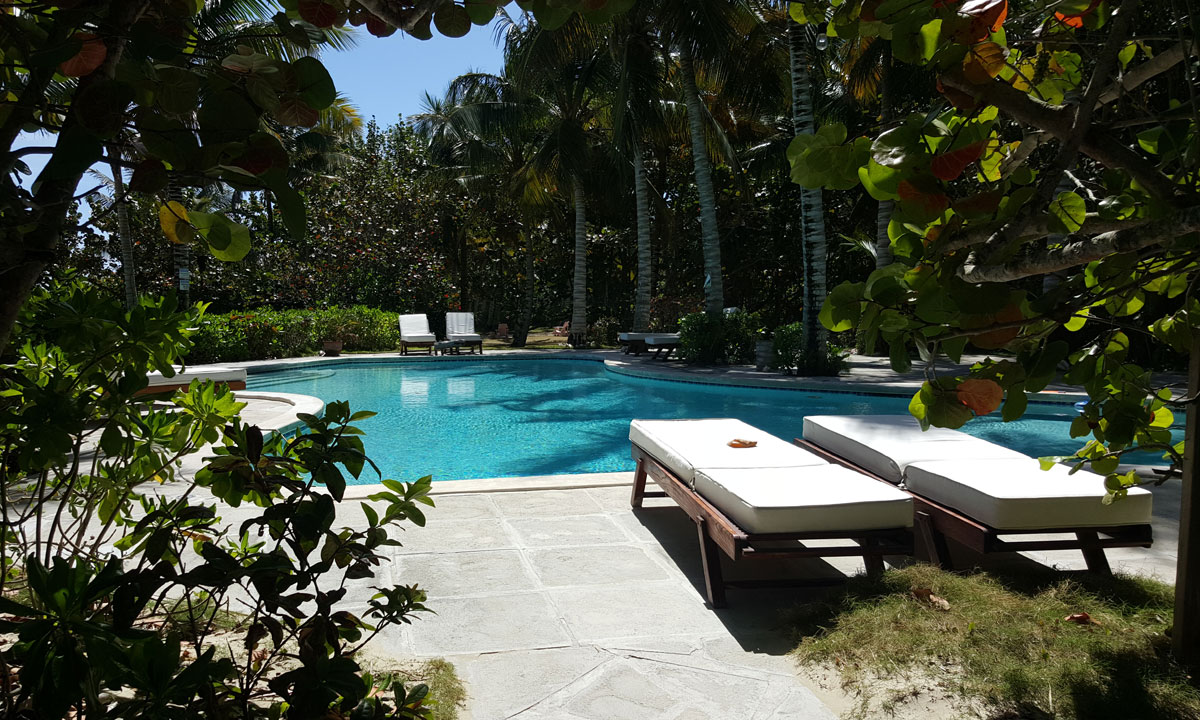My first shooting lesson on the hunting grounds of Cowpen Road
Highlights from my first shooting lesson: I decapitated a flower and hit a bird.
A private Cowpen Road produce farm was the backdrop for my first shooting lesson. An elderly Haitian woman was up early picking wild spinach amongst the weeds and underbrush of the farm. Light from the rising sun was just peeking out from the carpet, hunting lingo for the horizon line created by the trees. There were hardly any birds in sight, although a few Thrashers were audible from their perch in a tall pine tree.
Not only would I need to learn how to shoot, I needed to learn how to differentiate birds. My practice session took place ahead of the opening of white crown pigeon hunting season, so we could only shoot the ring neck doves.
Not too long ago, the Southern mangrove swamps of New Providence were home only to nursing fish and nesting coastal birds, bordered inland by animal farms that perfumed the air like the hot fart of a carnivorous man.
Today, Southern New Providence is the fastest growing district, developing around the densely populated areas of Carmichael and Cowpen Roads. The development has largely skirted the borders of the many private farms, allowing them to continue providing reap for the hard working labourers.
Unbeknownst to me, these farms have also provided hunting ground for wild birds on an otherwise urbanised island. Most hunters venture to settlements in the rural Family Islands – Andros, the Abacos – where there is no scarcity of forest. Nassauvians, however, make use of the southern farms for practice.
My shoulders clenched a little when the first gunshot cut the silence. Mike was still gerrymandering his semi-automatic Russian gun, which was not exactly configured for hunting doves. Eric wasted no time. As if marking territory, he aimed at nothing in particular and pulled the trigger. It was more the surprise than the intensity of sound that shocked me.
When he locked on an incoming flock, shooting in rapid succession, the sound amplified as his body turned towards me. My eyes squinched in response to the reverberation. Mike left the ear plugs, I remembered with lament. But when stillness returned and chatter resumed the thought became obsolete.
All along Mike stressed how heavy his gun was, so I built up an image in my mind of being thrown off my feet. He handled it easily, missing not even one bird. With each hit, the birds left a cloud of wafting feathers in their wake. Between Eric and Mike the birds piled up quickly.

Satisfied he had worked out the rust in his bones from months being away from the hunt, Mike indicated it was my turn. My target was a yellow flower, not more than an inch in width. The flower bobbled left and right, up and down as I tried to steady the gun. Mike switched the safety off. One loud pap later I looked in the distance and the yellow flower stood defiantly tall. Thankfully, I was still standing too.
The first shot got rid of the jitters and the doubt about whether I could handle the gun. On my second attempt, I lined up the flower with the groove at the end of the barrel and proceeded to fire. This time I fully decapitated the dainty blossom.
I was immediately graduated to the skies in search of an actual bird. Each time I locked on a flock the birds were some distance away. As I jockeyed alongside, the closer they got the more they bobbled up and down like the flower. Unwittingly, I perfected a three step shock and awe technique: 1) shoot and miss the birds; 2) send them flying bedazzled into a skilled shooter’s quadrant; and 3) take credit for the assist after a bird is actually shot down.
I must have racked up about five assists before I got my big break. Three shots in rapid succession amid a flock of about five birds and I hit the mark. A bird tumbled from the sky.


